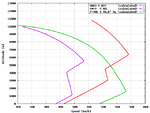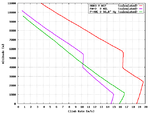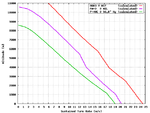renrich
Chief Master Sergeant
I don't believe that a comparison between the F4F3 and the P40B is an open and shut case at all. In Dean, the FM2 which would be roughly equivalent to the F4F3 is the best turning fighter the US had.(the P40 was not rated) The Wildcat would be much superior in rate of climb. The throw weight of the Wildcat guns would be superior if the P40 had two 50s and four 30s and IMO the Wildcat would be much more survivable in a fight. The P40 would be faster and would have a better roll rate. I have read a Wildcat could stay with a 109 in a dive so don't know about that.



